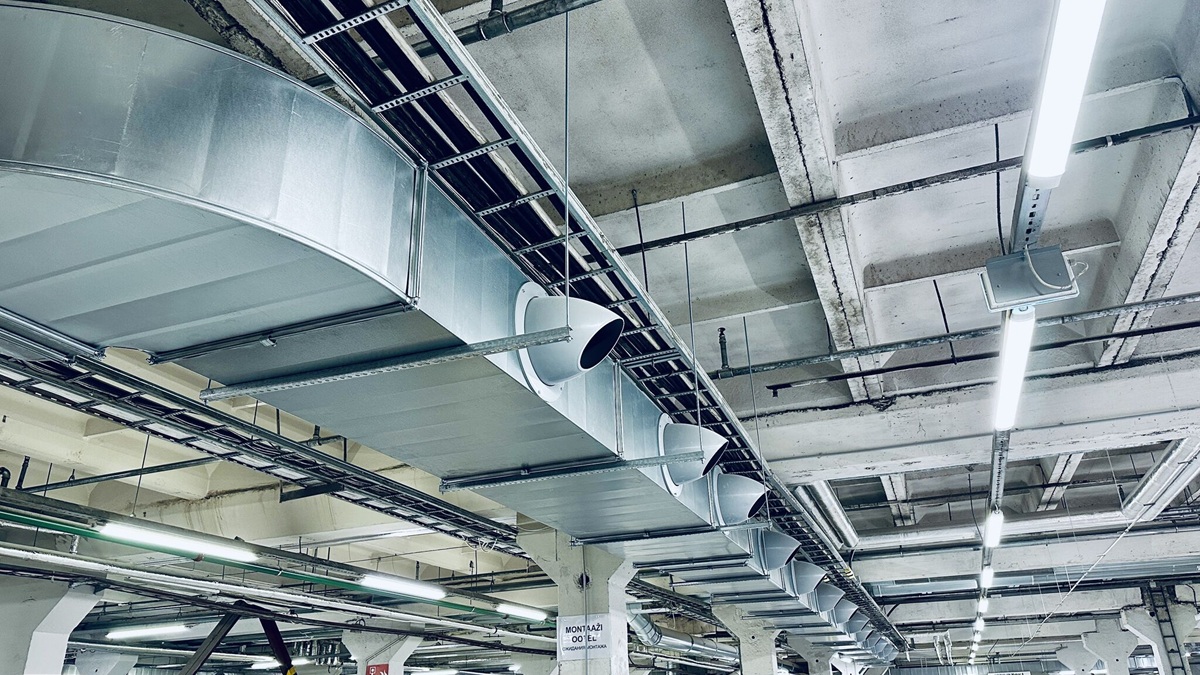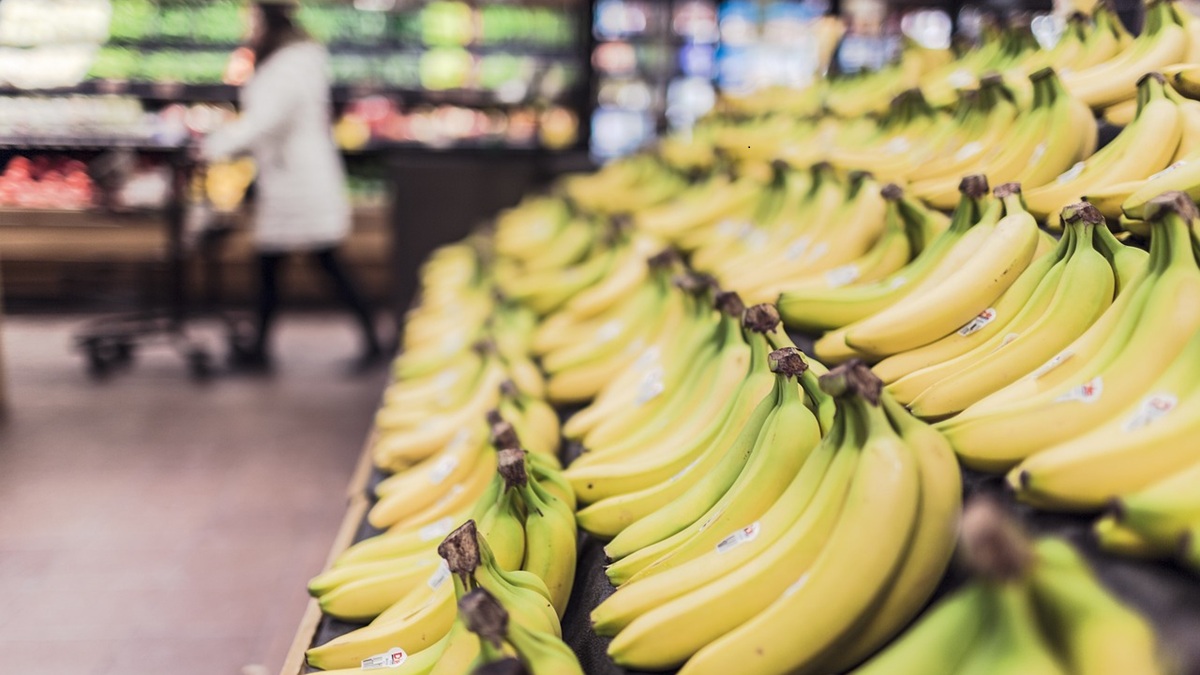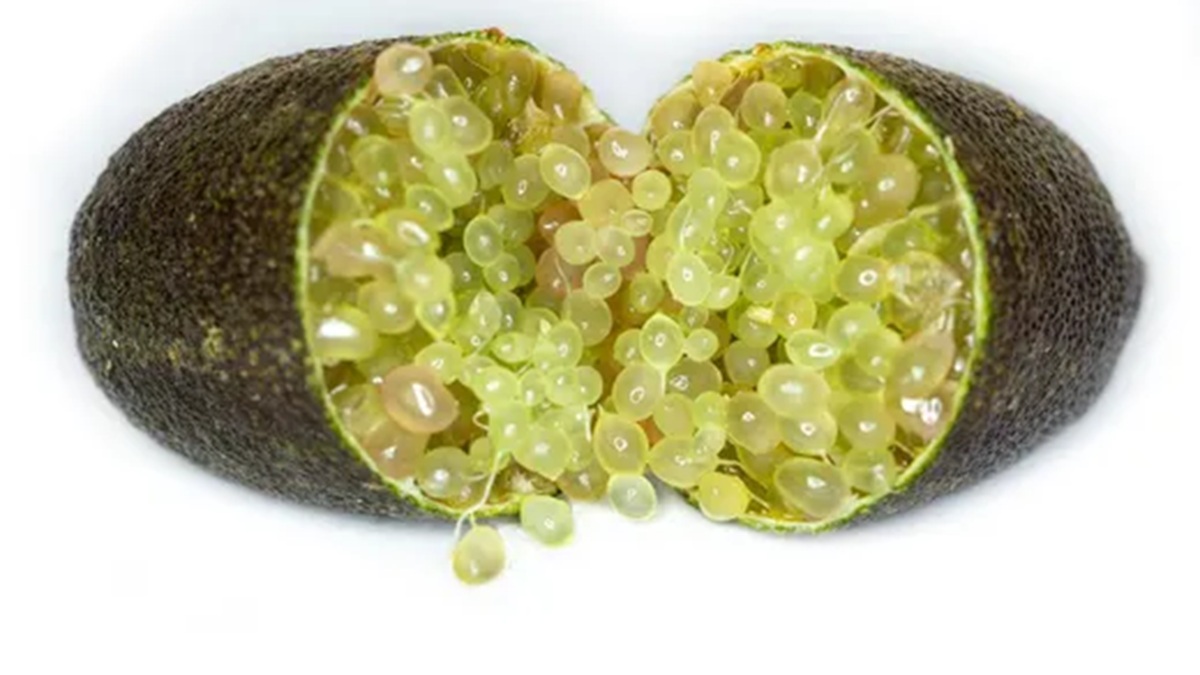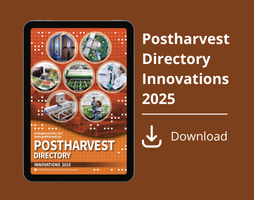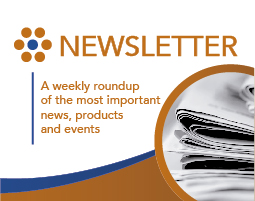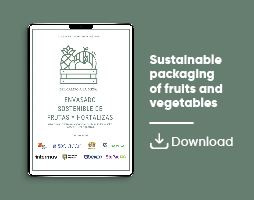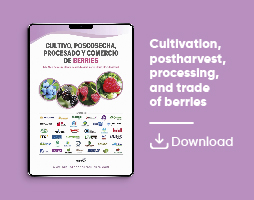News
The Serious Global Challenge of Post-Harvest Waste and Its Structural Causes
Post-harvest losses of fruits and vegetables range from 40% y el 44% due to handling, storage, and consumer behavior. Solutions integrate process optimization (pre-cooling) and non-thermal methods (HPP, PEF) with nanotechnology and active packaging to enhance quality and ensure global food security

Post-harvest waste of fruits and vegetables has rapidly escalated into a serious global problem over the past few decades. The magnitude of this problem is staggering, with losses estimated to range between 40% and 44% of the total harvest.
This alarming statistic is driven by the inherent perishability of these commodities and significantly impacts food security, food safety, economic sustainability, and the environment. In fact, fruits and vegetables rank just below root crops and tubers in terms of the highest percentage of post-harvest waste.
This waste is not only an ethical and economic issue but it also depletes the environment of limited natural resources. Globally, approximately a third of all food produced for human consumption is lost or wasted, while, at the same time, over 42 million people in the EU cannot afford a quality meal every second day.
This massive wastage stems from a complex interplay of physical, social, and biological factors across the entire supply chain, from initial crop cultivation to product consumption.
Critical Loss Points in the Supply Chain
Waste is concentrated at several key stages:
- Harvesting. Qualitative and quantitative losses occur due to misjudgment of the maturity stage. Mechanical damage and microbial damage are also frequent causes.
- Packaging. Many farmers still use rudimentary materials. This inadequate packaging creates favorable conditions for bacterial and fungal infections.
- Storage. Elevated temperatures are a catalyst for waste by accelerating respiration and ethylene production. Excessive moisture facilitates microbial growth.
- Transportation. Maintaining the cold chain is vital. Improper loading and poor road conditions exacerbate degradation.
- Consumer value. A significant portion of the loss (50%) occurs at the end of the chain, primarily at the household level, due to inadequate storage and stringent quality standards.
Ultimately, addressing this waste demands a systematic approach that integrates solutions across all these stages.
Current Solutions: Process Optimization, Conventional, and Non-Thermal Technologies
To combat wastage, technological and operational strategies—ranging from simple in-field optimizations to advanced preservation methods—have been developed and refined.
Post-Harvest Handling Optimization
The first lines of defense focus on careful handling immediately following the harvest.
- Cleaning and Gradin. Produce must be washed and then subjected to sorting and grading based on quality attributes to reduce microbial load and enhance market appeal.
- Pre-cooling. The immediate lowering of the produce's internal temperature is critical, employing advanced methods like hydro cooling and forced air cooling.
- Storage Control. Low temperatures are essential. The optimal relative humidity (RH) is between 90% and 95%, and efficient air circulation is necessary.
Conventional and Emerging Preservation Technologies
The techniques applied to extend shelf life are classified into thermal and non-thermal methods.
- Traditional Methods.
- Refrigeration. Maintains products between 4ºC and 10ºC to slow microbial growth.
- Ionizing Radiation. Uses beta particles or gamma rays toto destroy pathogens without a significant temperature increase, delaying senescence.
- Edible Coating. Applies films or edible coatings (waxes, natural polymers) that form a protective barrier to restrict moisture loss. Waxing is the most widely used technology.
- Chemical Treatments and Fungicides. Regulators like 1-MCP are used to delay ripening. There's a growing trend toward bio-fungicides to reduce residues.
Emerging Non-Thermal Technologies:
- Ultrasound Technology. Uses vibrational ultrasonic energy for enzyme inactivation, offering flavor conservation and energy saving.
- High-Pressure Processing (HPP). Considered the most developed non-thermal technology. It uses high pressures to inactivate microbes while maintaining the original sensory and nutritional profile.
- Pulsed Electric Field (PEF). Applies an electric field that disrupts the cell membrane, improving nutritional value, common in fruit juices.
- Cold Plasma Technology. Effectively inactivates microbes at ambient temperature through oxidative stress.
Future Perspectives: The Role of Nanotechnology and Smart Packaging
The industry is exploring novel approaches, highlighting nanotechnology as a tool that surpasses many non-thermal methods in efficacy and safety, especially in the food packaging sector.
Innovations in Food Packaging
Packaging technology has evolved toward systems that actively interact with the food.
- Active Packaging. Represents an advanced, biodegradable solution that actively maintains or enhances conditions within the package.
- Mechanisms. Relies on the releasing of active agents like antimicrobials and antioxidants, and the scavenging of deterioration-promoting compounds, such as oxygen scavengers and ethylene (C2H2) removers.
- Advantages. Extends shelf life and ensures safety.
- Intelligent Packaging. Consists of materials that monitor and indicate the freshness and quality of the packaged food.
- Nanotechnology in Packaging. Used to develop bio-based, active, smart, and enhanced packaging.
The most promising future strategy involves the integration of advanced technologies, combining conventional methods with innovations like nanotechnology and active packaging, to achieve sustainable solutions for food security and improve consumer perception of quality.
References
Comisión Europea. (n.d.). Food Waste - Food Safety. Retrieved from https://www.consilium.europa.eu/es/policies/food-waste/
Rajapakshe, P., Rathnasinghe, N., Guruge, K., Nilmini, R., Jayasinghe, R., Karunaratne, V., Wijesena, R., & Priyadarshana, G. (2025). Strategies to minimize post-harvest waste of fruits and vegetables: Current solutions and future perspectives. Journal of Future Foods, 5(2), 10.1016/j.jfutfo.2025.04.013.


